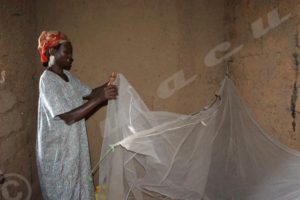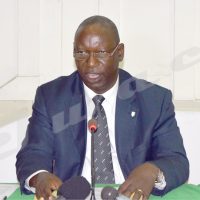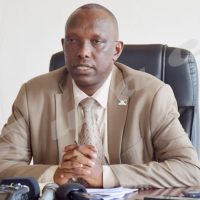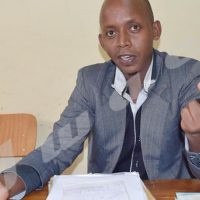
A woman that lost two kids due to malaria in 2017
“From 2015 to 2016, the number of people suffering from malaria has increased in Burundi. However, the number of sick people has decreased of 20% at the beginning of 2017”, says Josiane Nijimbere, Burundi Public Health Minister, during the plenary session in the National Assembly, this 23 February.
She says 11 sanitary districts in Kirundo, Muyinga, Ngozi and Karusi provinces are the most affected. “We have deployed a team composed of two doctors, one laboratory expert accompanied by a group of sensitizing agents. They are now on the ground to investigate those cases”, she says.
The Minister says the climate change (El Niño phenomenon), rice growing and aquaculture are the main causes of malaria in the areas most affected by the disease. “If nothing changes and the number of sick people continues to increase, the ministry will take some measures and declare that malaria is an epidemic”, says Dr. Nijimbere. She also says impregnated mosquito nets will be distributed by July 2017 as it was done three years ago.
In a report released on 27 January 2017, World Health Organization revealed that malaria is the first public health challenge in Burundi. This was reported after a survey conducted in four provinces namely Muyinga, Ngozi, Kirundo and Gitega. According to WHO experts, the number of people who suffered from malaria exceeded 7, 813 million in 2016 and 3774 among them died. In 2015, more than 5,365 cases were registered while 4, 716 million cases of sick people were recorded in 2014.
The WHO experts say malaria is a threat to the social and economic development of the country. They assert that the retrospective analysis of epidemiological data showed that the epidemiological trends were largely exceeded compared to the data of the previous five years. Malaria has become more acute in the northern, central and western health districts according to the report of this World Health Organization.



















 IWACU Open Data
IWACU Open Data

